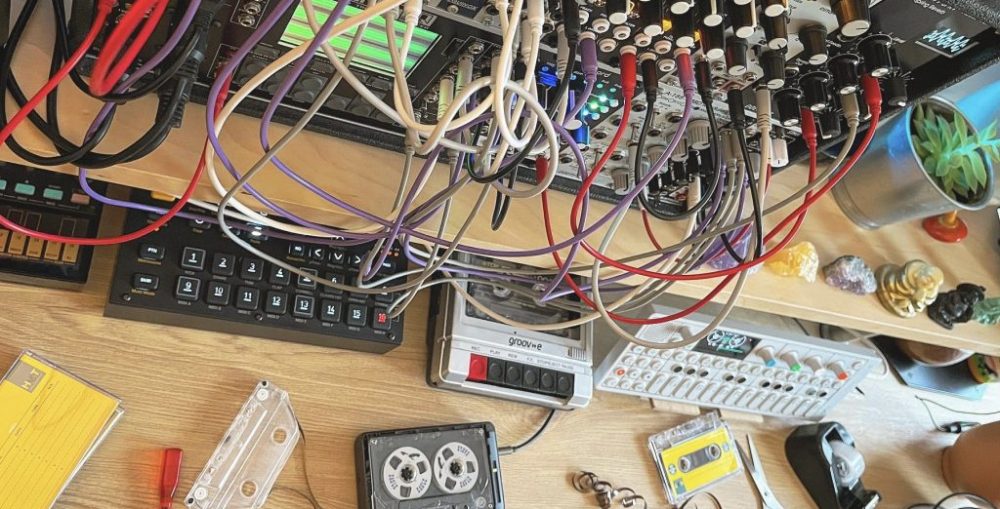In this Week 6 lesson we have analysed the different types and practices within the field of field recording, environmental sounds and sound ecology. In this exercise we’ve been told to walk through the campus and listen to the environmental sounds that we might find around it.
We’ll difference these sounds within three categories:
- Sound Signal: Sounds specially designed to be listened to with a particular attention and meaning.
- Keynote: A keynote is a sound which is heard continuously enough on an specific environment so it forms a recognisable background.
- Soundmark: A sound which is genuinely perceived by a specific culture or community.
And this is the list of sounds which I found at the campus and how I’ve categorised them:
Sound Signals
Till beep, door pass beep.

Keynotes
Chatting, stairs stepping, electrical saw, hand drier.

Soundmarks
Radio, printers, restaurant.

